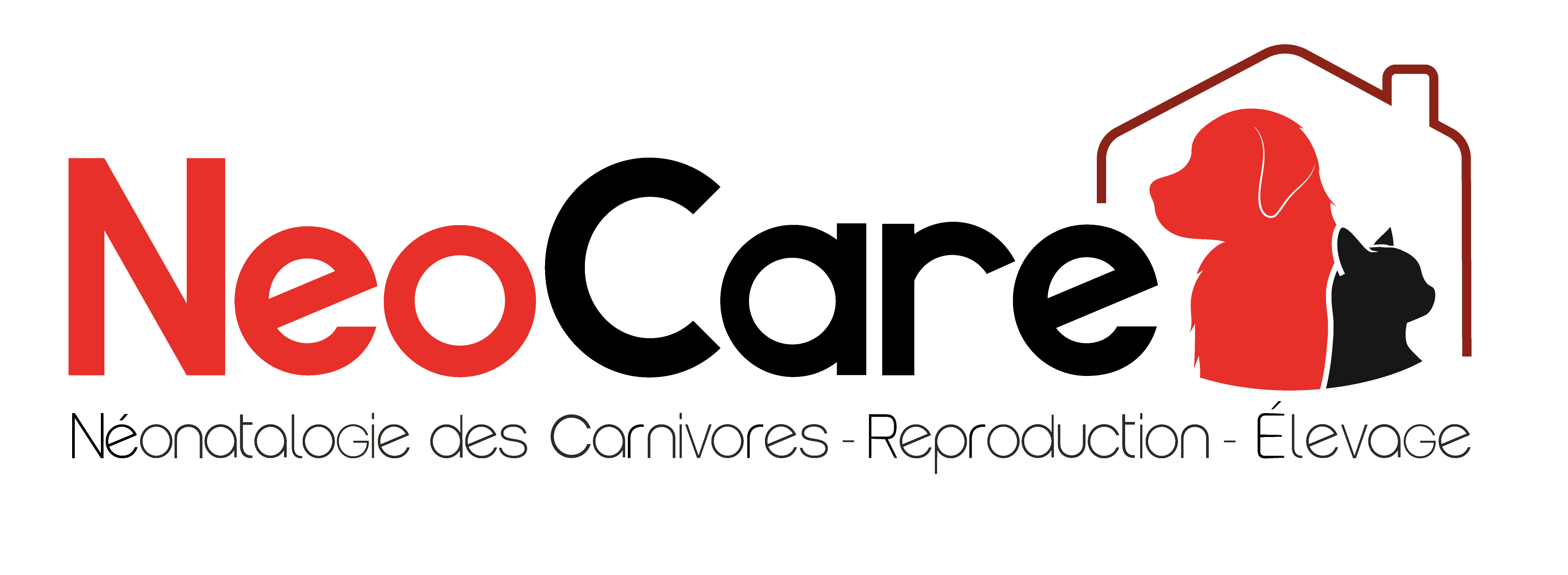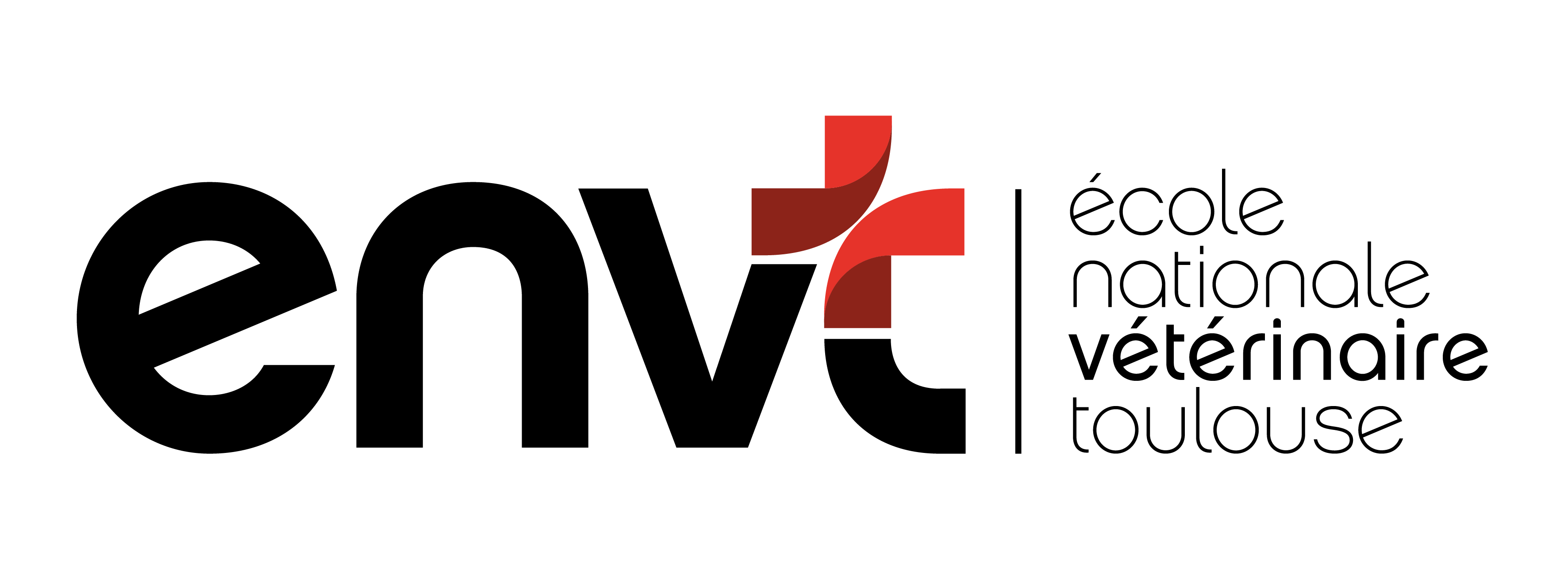Follicle growth, oocyte maturation, embryo development, and reproductive biotechnologies in dog and cat
Résumé
Although the dog and cat both belong to the order Carnivorous, their reproductive physiology is quite different. The dog is a nonseasonal, monoestrus species with spontaneous ovulation only twice a year and with an atypical, postovulatory oocyte maturation. Furthermore, the application of reproductive in vitro biotechnologies such as in vitro maturation (IVM), in vitro fertilization (IVF), intracytoplasmic sperm injection (ICSI) or cloning remains quite a challenge in dogs. By contrast, the cat is a polyestrus seasonal species, with ovulation induced several times a year and typical preovulatory oocyte maturation. As a result, manipulation of ovarian physiology is feasible and in vitro reproductive biotechnologies are as efficacious as in cattle. The first part of this review describes the main facts associated with folliculogenesis in the dog and cat (initiation of growth of primordial follicles, appearance of the zona pellucida, formation of antrum, nuclear and cytoplasmic maturation of oocyte, expression of receptors to gonadotrophins, and expression of steroidogenic enzymes). Second part focuses on oocyte maturation, fertilization, and in vivo early embryo development in both species. Last part discusses in vitro reproductive biotechnologies (IVM, IVF, and IVD), embryo transfer, and more recent biotechnologies (cloning, in vitro folliculogenesis, and vitrification of oocytes and follicles). Innovations in the dog are still limited by various characteristics (long ovarian cycle, difficult in vitro oocyte maturation) whereas in the cat, many in vitro techniques are applicable that may also be extended to wild feline species.
| Origine | Fichiers éditeurs autorisés sur une archive ouverte |
|---|---|
| licence |




